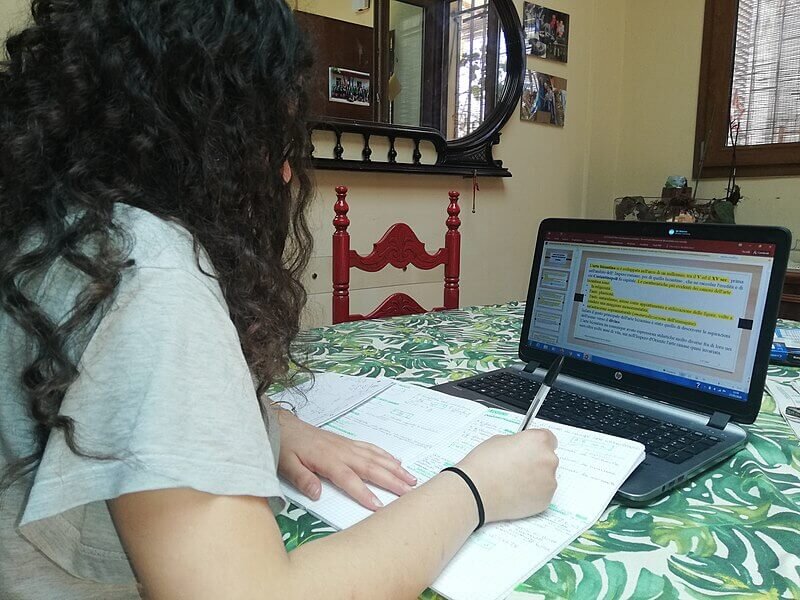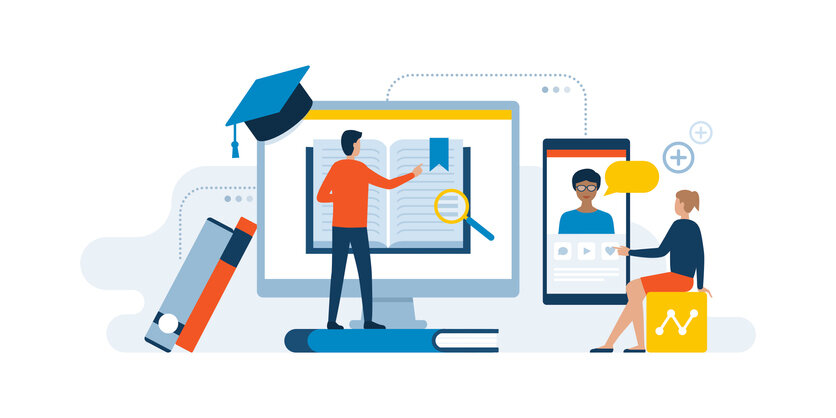Multitasking behavior and distraction can undermine the effectiveness of online education.
Image: Bigstock
Students who take online courses are exposed to more distractions than in face-to-face classes, a situation that affects their academic performance, according to a study. The low percentages of completion of this type of educational programs seem to confirm this thesis.
In the comfort of home, cafeteria or library, online students are more likely to send text messages, answer emails, chat on Facebook or WhatsApp, watch videos on YouTube, surf on Google, play video games or listen to music while taking an online course, compared to a teacher-supervised class.
Online multitasking behavior
A study conducted by researchers at Kent State University confirmed what for many seems obvious: online students multitask more than their peers in classes. The result is poor academic performance.
The researchers analyzed the behavior of 300 university students who took online and face-to-face courses; 25% said they were more likely to listen to music, send text messages, chat on social networks or surf the Internet in online courses than in a classroom.
Online students who had a greater tendency to multitask, scored lower in academic tests compared to their performance on face-to-face courses. Even those students who assumed great ability to self-regulate this behavior could not resist performing other tasks in their online classes. They multitasked with a frequency similar to that of other students who felt more prone to distraction.
Andrew Lepp, a professor at Kent State University, points out: “in face-to-face courses, a physically present teacher and the presence of conscientious students help to enforce classroom policies and behavioral norms against multitasking (…) Because multitasking during educational activities has a negative impact on learning, it is important to develop methods for reducing this academically disadvantageous behavior, particularly in the increasingly common online learning environment.”
MOOCs low completion rates
Another online education red flag is the low completion rate of MOOCs. As an Inside Higher Ed article explains, MIT researchers examined the data of 5.63 million students in 12.67 million enrollments in edX educational platform. Only 3.13% completed their courses in the 2017-18 period, compared to 4% in the two previous years and almost 6% in 2014. What is failing?
As universities devote more resources to the development, promotion, and provision of online education, the pros and cons of online learning will need to be evaluated.
Multitasking behavior and distraction can undermine the effectiveness of distance courses. Online course developers should explore technological and pedagogical solutions aimed at keeping online students focused. It should be understood that online education is fundamentally different from face-to-face courses and limiting distance instruction to traditional videos and readings is insufficient to capture the attention of students.
Rather than discrediting online education, to improve its effectiveness, it is necessary to address these challenges. It is critical to developing more immersive educational content and experiences that adapt to each student with the support of technology and, above all, more appropriate instructional methods.
This article from Observatory of the Institute for the Future of Education may be shared under the terms of the license CC BY-NC-SA 4.0 
)
)











)
Karina Fuerte
Karina Fuerte
Karina Fuerte